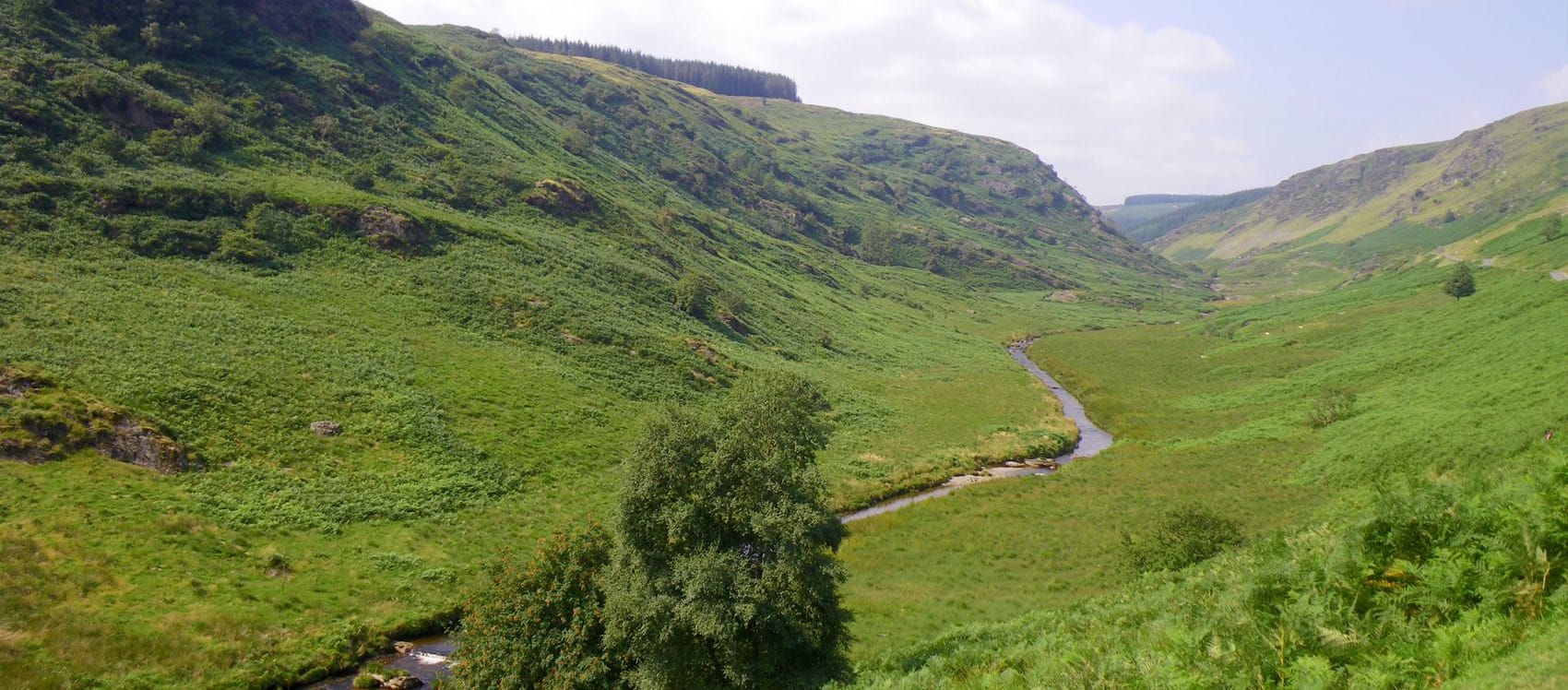The upper Wye and one of its major tributaries, the Irfon, have for many years suffered from the effects of acidification.
Good water quality is, of course, important to the whole river system but these areas of the Wye catchment were particularly significant for the river.
Historically, they were where the Wye’s spring salmon spawned and it was no coincidence that these large fish had almost disappeared from catches by the mid 1990s. It is also no coincidence that there has been a revival in their numbers since work to reduce the acidity of the water began to take effect.
The problem with acidity
Acidity adversely affects all aquatic organisms from diatoms (simple two celled algae) to fish.
The situation had been created due to a prolonged period of acid rain from heavy industry falling into an area where the geology could not provide any buffering against it. Further exacerbating the problem is the deep and effective drainage system within commercial forestry, which results in the removal of the area’s water holding capacity.
The result? Flashy flows with marked drop in pH when it rains, often with high levels of dissolved aluminium, a cocktail of disaster for invertebrate and fish life.
In appearance, these streams would still seem to be pristine and ‘crystal’ clear. But closer inspection will reveal an impoverished invertebrate population.
The scale of the problem
It was estimated in 2002 (Scoping study for Acid Waters in Wales, Ormerod et al) that some 17% (62kms of main stem and tributaries) of the Upper Wye and Irfon system were suffering from the effects of acidification. For comparison, other Welsh rivers affected include the Tywi (39km), Conwy (8.4km) and Glaslyn (5km).
Fortunately the Usk catchment lies outside the affected geology.
Read about how the Foundation is correcting acidification in the headwaters.



